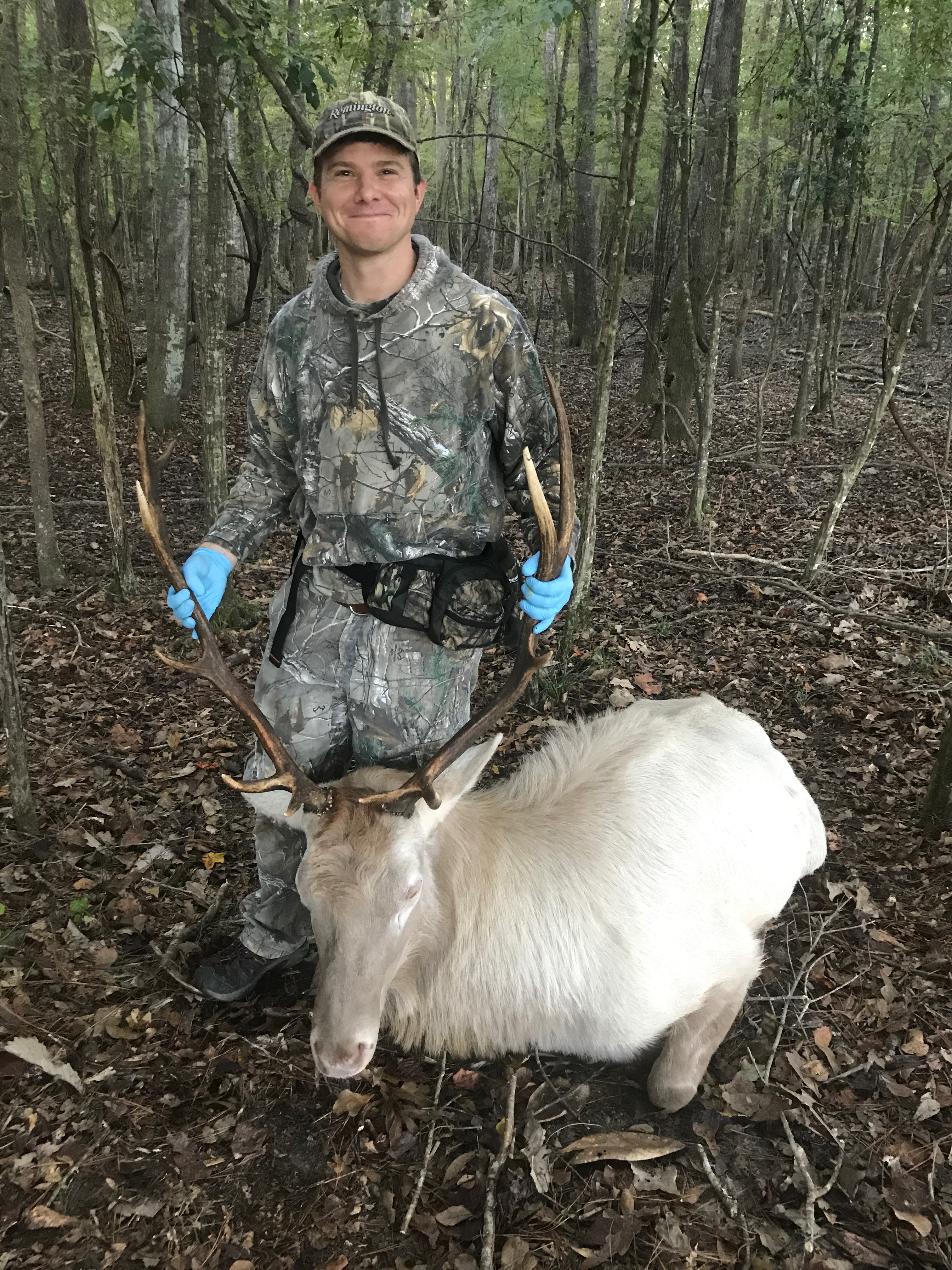
As part of SEER Lab‘s long-running collaboration with the Cervidae Health Research Initiative (CHeRI), this latest paper, lead by Jeremy Orange and Dr. Jason Blackburn, evaluated exposure rates to bluetongue virus (BTV) and epizootic hemorrhagic disease virus (EHDV) in non-native wildlife managed on large preserves in Northern Florida. The wildlife/deer ranching industry represents one of the fastest growing agriculture sectors in the US and Florida has more than 400 registered deer farms. In addition to native white-tailed deer, many wildlife farms raise non-native (exotic) species of cervids (deer) and bovids (antelope). In this study, CHeRI partnered with White Oak, a preserve focused on non-native species rearing for conservation, to examine serological exposure rates to BTV and EHDV in 10 bovid and 5 cervid species. Serological results indicated relatively high exposure in cervids (~80% – ~100%) at both properties studied and moderate rates (~33% – ~57%) in bovids. These results can inform conservation managers of Orbivirus risk in the area that may impact low number/endangered populations and can inform wildlife ranchers of risks that may be associated with transporting animals between properties. While more work is needed to understand how these diseases may affect overall population health, both viruses present risk to native and non-native ungulates and directly impact the Florida deer ranching communities. This study adds to our knowledge of disease exposure in these important animals populations in North Florida.

Read Evidence of Epizootic Hemorrhagic Disease Virus and Bluetongue Virus Exposure in Nonnative Ruminant Species in Northern Florida at the Journal of Zoo and Wildlife Medicine.